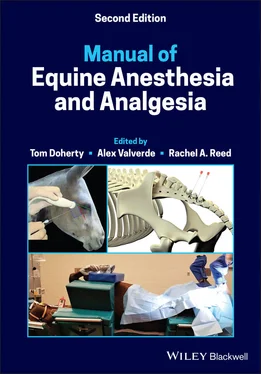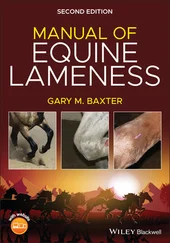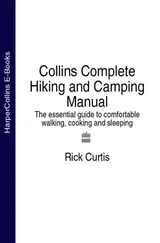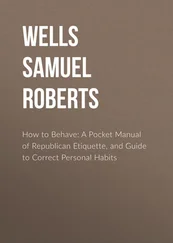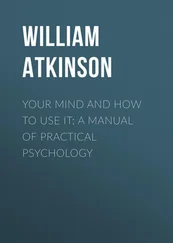Oxygen consumption decreases by approximately 20% during hypoglycemia, 40% during general anesthesia, 3% during sleep, and 15–20% during hypothermia.
Drugs such as α2 adrenergic agonists and a propofol infusion decrease cerebral metabolic oxygen demand and provide some brain protection.
Isoflurane decreases cerebral metabolic oxygen demand, but causes vasodilation.
B Cerebral blood flow and perfusion pressure
Anesthetic drugs
Anesthetic drugs can modify cerebral blood flow and cerebral metabolic rate (see Table 6.1).
These changes can be affected by the presence or absence of intracranial pathology, and may also be influenced by hypoxemic or hypercapnic states.
Isoflurane increases ICP in normal horses, and this is exacerbated by a prolonged duration of anesthesia, by hypoventilation (increased PaCO2), and if the head is positioned below heart level.
Isoflurane preserves autoregulation even at moderate‐deep levels of anesthesia in healthy horses and a cerebral blood flow of 33 ml/100 g/minute, regardless of mean arterial pressure in the 60–100 mmHg range.
Dobutamine infusion was not found to increase ICP in normal horses.
Spinal cord perfusion was found to decrease during isoflurane anesthesia, and dobutamine infusion may decrease perfusion further.
However, hypotension and decreased ability to autoregulate cerebral perfusion caused by older volatile anesthetics such as halothane may cause rare neurological complications in normal horses.
Cerebral vasodilation with volatile anesthetics is a problem in disease states when high ICP is already present. The increase in blood volume within the cranium could increase ICP further.
Drugs which produce a degree of cerebral vasoconstriction may be more useful, especially if they also decrease cerebral metabolic rate (e.g. α2 agonists and propofol).
Will increase cerebral blood flow and intracranial volume through vasodilation.
This could be detrimental in animals with existing increased ICP.
Mechanical ventilation is required during anesthesia to ensure PaCO2 values are kept between 35 and 40 mmHg (normal PaCO2 in adult horse is approximately 40 mmHg) to reduce the risk of increasing ICP. Table 6.1 Reported effects of drugs on neurophysiology of the brain.DrugCerebral blood flowCerebral metabolic O2 requirementDirect cerebral vasodilationSeizure potentialXylazine−?VasoconstrictionHigh dose: AnticonvulsantLow dose: ProconvulsantDetomidine? probably? probably? probably vasoconstriction?Dexmedetomidine−−VasoconstrictionHigh dose: AnticonvulsantLow dose: ProconvulsantAcepromazine−NC?Possible NCKetamineNC with IPPV++ with hypercapnia+With hypercapniaProconvulsant or anticonvulsantThiopental−−NoAnticonvulsantKetamine/diazepam++??Propofol−−NoAnticonvulsantAlfaxalone(with alphadolone in Cremaphor EL)−−Probably noAnticonvulsantMidazolam−−NoAnticonvulsantGuaifenesin???Depresses EEGHalothane+++−YesNo effectIsoflurane+ or NC with IPPV−YesNo effectSevoflurane+ or NC with IPPV−YesNo effectNC = No change + = Increase − = Decrease.
Excessive ventilation to below this PaCO2 range will cause excessive vasoconstriction and lead to poor perfusion of some parts of the brain.
End‐tidal capnography often under‐estimates PaCO2; therefore, arterial blood gas analysis should be used periodically to check the accuracy of the capnogram.
Positive pressure ventilation of lungs
Although necessary for animals with increased ICP, venous return is impeded during the inspiratory phase, and can cause ICP to rise.
Avoid high mean airway pressures (long inspiratory time and high‐peak inspiratory pressure on the ventilator) as much as possible.
In animals with increased ICP, avoid compression of the jugular veins to prevent further increases in ICP.
The head should be positioned at the level of the heart, and not below, in order to maintain perfusion pressures and avoid increasing ICP.
It is important to select drugs which will preserve cerebral autoregulation of blood flow as much as possible.
Direct arterial pressure monitoring should be performed.
Mean arterial blood pressure should be kept within the range at which autoregulation can function (60–130 mmHg), in order to preserve cerebral perfusion.A cerebral perfusion pressure of at least 60 mmHg should be maintained.
During anesthesia, horses should be well oxygenated and hypercapnia prevented with lung ventilation.
Arterial pressures should be maintained using fluid therapy, inotropes, and volatile anesthetic reduction techniques (see PIVA).
IV Neuroanesthesia for specific procedures
Diagnostic procedures (Imaging is discussed in Chapter 35)
CSF withdrawal using lumbar puncture or from the cisterna magna can be performed in standing horses (see Figure 6.3)
Horses can be sedated with xylazine or detomidine with butorphanol for this procedure.
General anesthesia should be avoided in ataxic horses, unless facilities for assisted recovery are available (see Figure 6.4)Xylazine or detomidine premedication, followed by induction with ketamine combined with diazepam/midazolam or propofol.
B Increased intracranial pressure
Includes head trauma, abscess, and tumor removal .
Although, the likelihood that surgery will be required in a horse with increased ICP is rare, it could be performed for tumor resection or for craniotomy to allow drainage of an intracranial abscess.
Horses may already be mentally depressed due to increased ICP, and drug doses should be reduced accordingly.
Sedatives might interfere with neurological evaluation, but should be used if the horse is displaying agitation or aggression.
Mannitol may be required to reduce ICP and can be given before induction (0.15–2.5 g/kg, IV over 20 minutes).Its routine use has been questioned for emergency treatment of head injury in people.
Fluid balance should be assessed and corrected if necessary.Avoid excessive doses of crystalloids in case of worsening cerebral edema.
Consider using hypertonic saline for head trauma patients, especially foals, as it may be more effective than mannitol in reducing ICP.

Figure 6.3 Lumbosacral spinal tap for collection of cerebrospinal fluid in a standing horse.
Source: Courtesy of Dr. Erin Beasley.
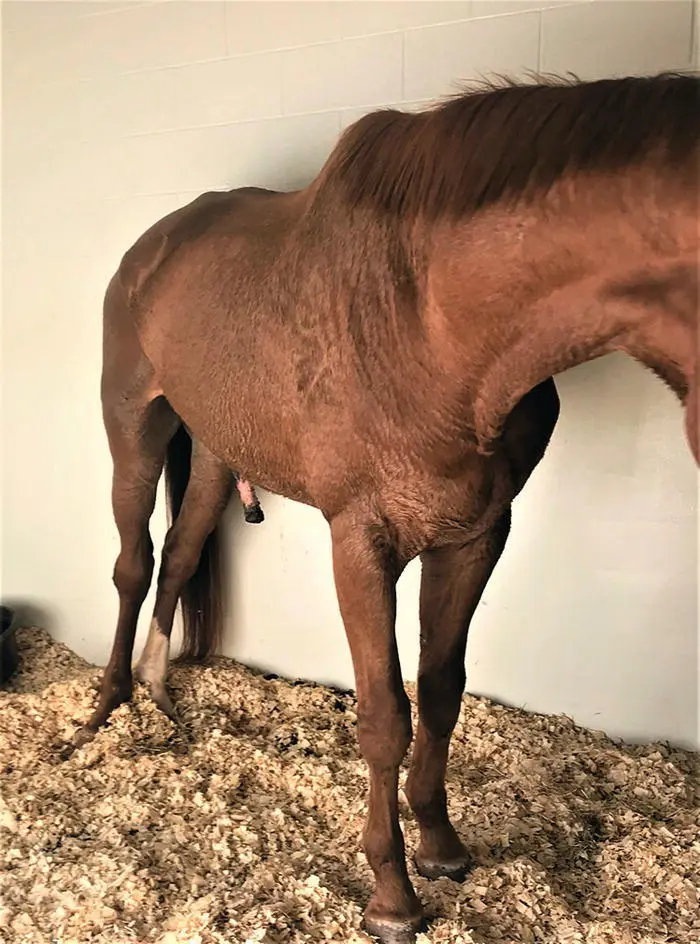
Figure 6.4 Ataxic horse leaning against stall wall.
Sedation, premedication, and induction
Neonatal foals sedate well with diazepam or midazolam (0.02–0.1 mg/kg, IV).Butorphanol may be added (0.05–0.1 mg/kg, IV).
Older foals can be sedated with an α2 agonist, but a low dose is recommended if the foal is mentally depressed.Dexmedetomidine has been shown to reduce ICP.
Propofol sedation can reduce ICP, CBF and oxygen demand. Blood pressure support may be required.
Induction of anesthesia in foals
Excessive stimulation of the larynx during intubation can increase ICP through catecholamine release, although horses appear not to have a strongly reactive airway compared to other species.Lidocaine (1–2 mg/kg, IV) administration prior to tracheal intubation has been recommended to prevent increases to ICP with brain injury, but its utility remains controversial.
Читать дальше
